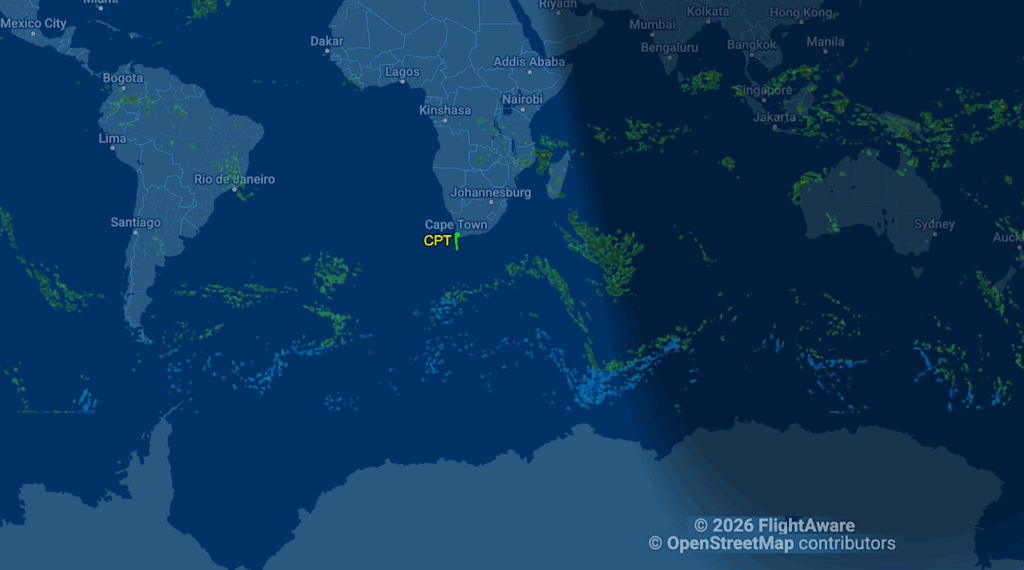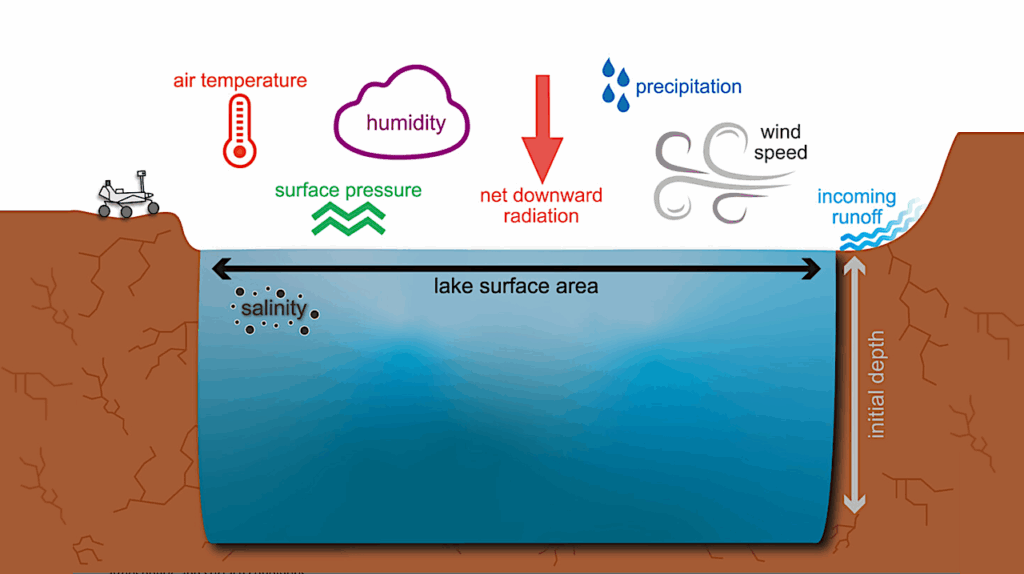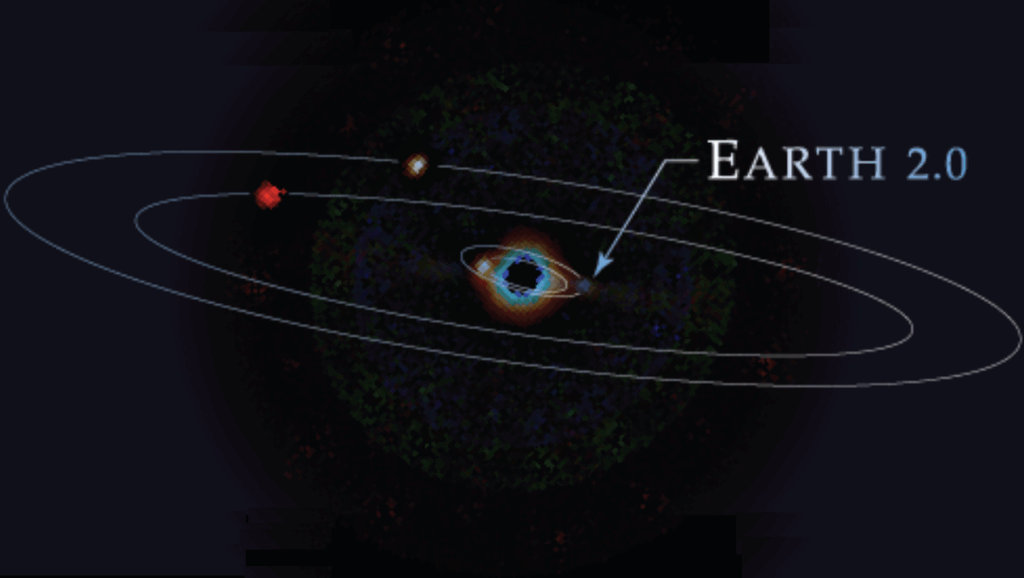Discovery Of A New Kinetic Factor That Governs The Carbon Metabolism Evolution Of Ancient Microbes

Tomonari Sumi, Associate Professor of Research Institute for Interdisciplinary Science, Okayama University, and Koji Harada, Associate Professor of Center for IT-Based Education, Toyohashi University of Technology, have developed a kinetic hypothesis governing the evolution of the Last Universal Common Ancestor (LUCA) based on the simulation of the carbon metabolism of ancient evolutionary microorganisms, which are similar to the LUCA.
It was demonstrated using simulation experiments that this hypothesis works with deep-branching bacteria and archaea recorded in the KEGG (Kyoto Encyclopedia of Genes and Genomes) gene database.
Details
The Last Universal Common Ancestor (LUCA) is a single-celled organism that can be traced back to about 4 billion years ago, and its genes were identified through the analyses of the genes of existing bacteria and archaea and the history of its descendants’ evolution. According to those analyses, the LUCA is presumed to grow chemolithoautotrophically with up taking H2 and CO2 using a reductive acetyl-coenzyme A (rACoA) pathway (also called the Wood-Ljungdahl pathway) in an environment that is similar to the hydrothermal vents that still exist on the globe.
They are an extreme environment with no oxygen, extremely high temperatures, and a wealth of mineral substances. Braakman, et al. have proposed, based on the results of a phylometabolic analysis, that the LUCA or the biological primal system that leads to the LUCA possesses a redundant metabolism system where the rACoA pathway and the reductive tricarboxylic acid (rTCA) pathway coexist, but no detailed kinetics of carbon metabolism, such as what happens when they do coexist, have been examined. In addition, though it has been revealed that various partial TCA pathways exist in the deep-branching bacteria and archaea that evolved from the LUCA, the reason for the development of this diversity has not been resolved.
To solve these problems, Associate Professors Sumi and Harada have developed a kinetic reaction network model that considers the enzymes involved in the carbon metabolism of ancient evolutionary microbes, with the goal of resolving the mystery using a mathematical simulation. In addition, based on that mathematical simulation, they have discovered a kinetic factor that governs the flow of chemical reactions in the TCA cycle.
The factor they identified is that if a carbon fixation pathway generating acetyl-CoA (ACoA) such as the rACoA pathway, and the rTCA cycle coexist in a single cell, a partially impaired TCA pathway is developed due to competition between the chemical reaction fluxes. Based on this, they have established a kinetic hypothesis, that in the evolution process from the LUCA, creatures have avoided inefficient chemical reactions.
They have validated this kinetic hypothesis for the deep-branching bacteria and archaea registered in the KEGG gene database. First, they categorized the bacteria and archaea in the KEGG gene database into two groups, respectively. Type I bacteria and archaea have an rACoA pathway and that is expected to compete with the rTCA cycle, and type II bacteria and archaea do not have the rACoA pathway so there is no expected competition with the rTCA cycle.
And then, based on the data in the KEGG gene database, they built a carbon metabolism model for the deep-branching bacteria and archaea and performed simulation experiments. The simulation experiments showed that only a partial TCA cycle that avoids competition with other chemical reactions was observed in Type I bacteria and archaea, and a complete rTCA cycle was observed in Type II bacteria and archaea, which validated the kinetic hypothesis.
Future Outlook
The concept discovered in this study, that the emergence of a new type of carbon metabolism pathway was caused by competition between the rACoA pathway and the TCA cycle, or more generally between chemical reaction fluxes, plays a crucial role on reconstruction of the actual carbon metabolism pathway based on genome data. Going forward, it is expected that the importance of the kinetic reaction approach will continue to be recognized in metabolism design and other efforts based on systems biology and the approach will contribute to the new development of biotechnology.
Reference
Title of paper: Kinetics of the ancestral carbon metabolism pathways in deep-branching bacteria and archaea Published in: Communications Chemistry
Author: Tomonari Sumi, Kouji Harada
DOI: 10.1038/s42004-021-00585-0
URL: https://doi.org/10.1038/s42004-021-00585-0
Astrobiology,








